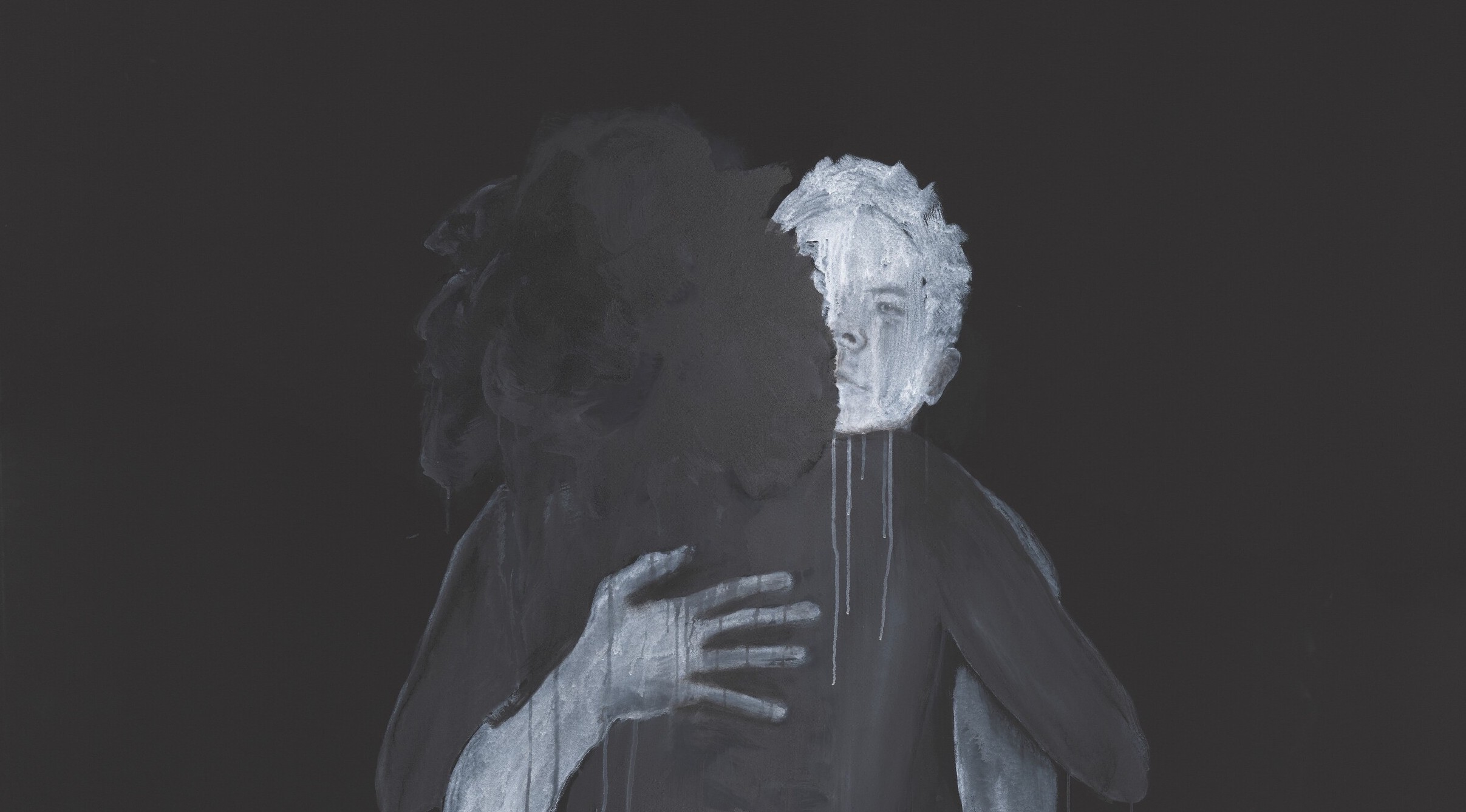Have you ever sparked with a work of art? Felt electrified or even overwhelmed in its presence? And longed to share your experience with the person next to you?
It might be simple enough to describe what you see. Two people embrace, acrylic paint dripping down one of their backs (and the canvas). Colorful, curvy shapes on curved wires keep a delicate mobile perfectly balanced. A cleaning woman armed with mop and broom gazes steadily at the camera from behind wire-rimmed glasses.
But where do we find the right words to capture what these artworks stir in us? Poetry could be the answer. Poems written about visual art—called ekphrastic poems (from the Greek ékphrasis, which means “description”)—tell a new story.
Ekphrasis comes from a centuries-old tradition of creating a vivid experience for readers by describing art objects in rich and thorough detail. But today, ekphrastic poetry goes beyond description; it allows us to share in a poet’s experience.
We may discover that one member of the embracing couple is “a lover from a world that has already ended,” as we travel to poet Hanif Abdurraqib’s haunted attic. Teri Ellen Cross Davis keeps us right where we are, creeping up and down Calder’s mobile (Little Spider), speaking softly about its “glistening intention.” Or we could take a whole different kind of journey: back to July 1942, as Jason Reynolds considers what a Washington, D.C. Government Charwoman might have been thinking as Gordon Parks posed her.
Will these poems feel like suddenly arriving at the familiar? Putting words to an idea that felt just out of reach when you first saw the same painting? Or more like a shift in perspective, a brand-new take on a sculpture you know so well? Maybe a poem can help you discover a work you’ve never seen before.
Read these new poems.
